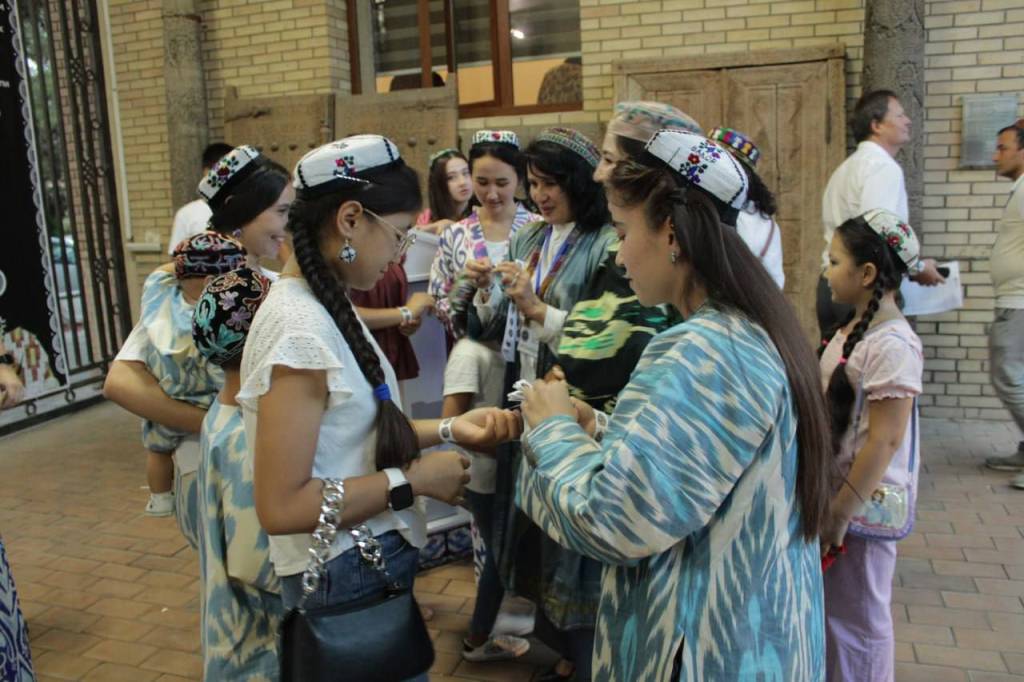
By the resolution of the President of the Republic of Uzbekistan of May 27, 2022, museums were tasked with introducing additional services for local and foreign tourists, holding cultural, enlightenment, and entertainment events and master classes such as Open Air Fest regularly.
In this regard, the entertainment event “Do’ppi Party” dedicated to the skullcap, the Uzbek national headdress, was organized at the State Museum of Applied Arts and the History of Handicraft.

As is known, the skullcap is an integral part of the national costume of the Uzbek people. The creation and decoration of this headdress is a common type of folk applied art in Uzbekistan. Previously, the headdress had the same meaning for both men and women, and the ornamentation of the skullcap depended on the social position of its owner in society. This headdress has long been common among the Persian and Turkic peoples. Among the peoples of Turkestan (especially on the territory of Uzbekistan and Tajikistan), it has become a traditional part of the national costume.
Uzbek skullcaps differ from skullcaps of other peoples in their peculiar shape and ornament. Skullcaps are mainly embroidered on velvet and silk with satin and gold threads. The skullcap consists of three parts: a top beveled in the form of a circle or a rectangle (tepa), a band (kizak), and a finishing braid (jiyak).

The headdress has various shapes and ornaments in different regions of the country. A master who sews skullcaps is called a skullcap maker. The creation of skullcaps is primarily women’s work, but sometimes men are also involved in this business.
The appearance of skullcaps differs in the ornament styles, the combination of artistic symbols. The natural conditions of this place greatly influenced the formation of skullcaps in each region, the environment, the population's way of life, traditions, and the development of a common culture. For example, in Surkhandarya and Kashkadarya (especially in Baysun), round domed skullcaps were embroidered with bright contrasting threads, and in Bukhara – with golden threads.

Skullcaps of Fergana Valley are considered the most ancient. Their brightest representatives are Chust, Margilan, Kokand, and Andijan skullcaps.
During the master classes, embroiderers from Margilan demonstrated the process of making skullcaps in this region. Visitors could get to know this craft better and even try to embroider a skullcap with their own hands.
A special musical program and a documentary film about this traditional headdress were presented as part of the event.
Nazokat Usmanova, UzA








